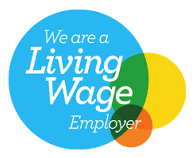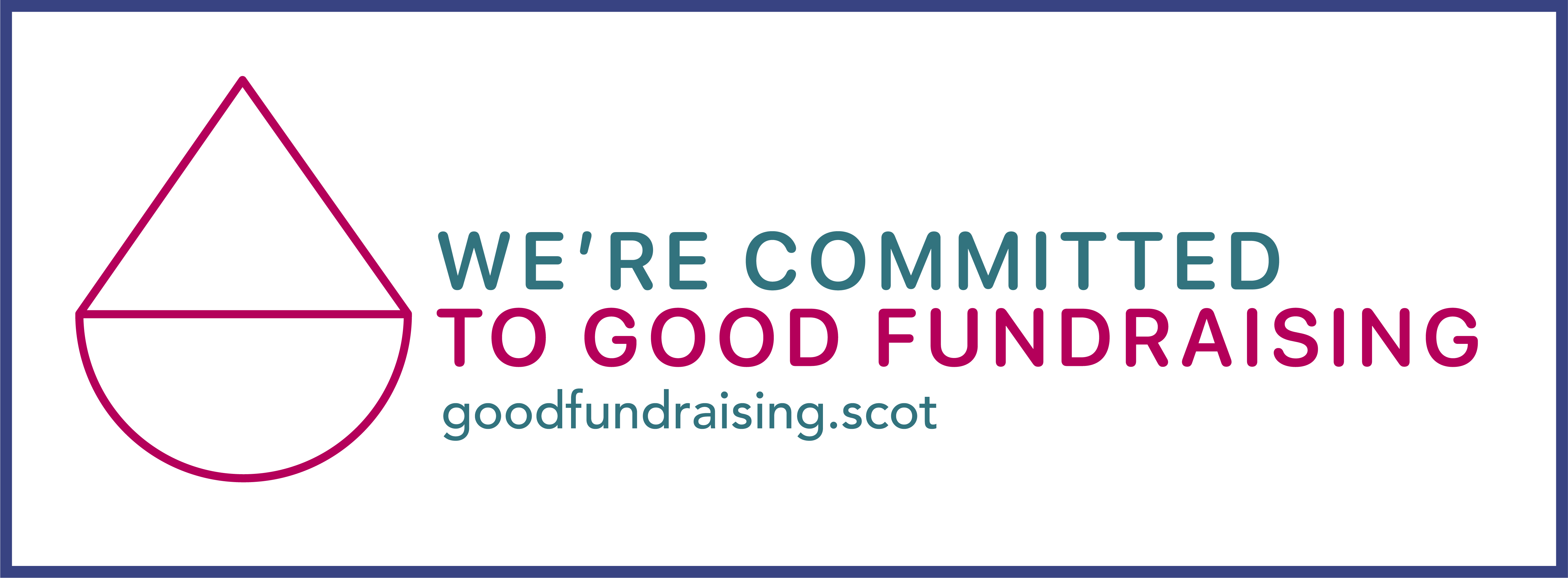BLOG | Supporting a mentally healthy workplace
8th December 2020
In our latest staff blog, Head of Human Resources at SAMH, Julie-Ann Murphy, shares her thoughts on supporting a mentally healthy workplace as the CBI Productivity Index is published.
The annual CBI Scottish Productivity Index has revealed that the productivity of Scottish businesses has dipped over the past twelve months. This is not unexpected given the circumstances: it’s been an extremely challenging year. However, as we hopefully move towards a phase of economic recovery, it’s essential that workplaces prioritise the mental wellbeing of their employees.
Often, the most overlooked area of business planning that can have an impact on productivity is people. A business is only as good as the sum of its parts, and people plans should have a place alongside operations, finance and customer service.
Every year a quarter of people in the UK will experience a mental health problem and two thirds of people cite workplace stress as a contributing factor. Poor mental health can cost businesses money – output losses due to mental health problems cost over £3.2 billion a year in Scotland, and that’s before you consider a worldwide pandemic.
The need to promote good mental health is not solely due to the events of the past year: it’s been repeatedly recognised and recommended in CBI Productivity Indexes. A happy and healthy workforce is good for productivity as well as for the individual employee, creating greatly increased motivation levels, reduced absenteeism or a greater sense of connectivity.
The year ahead is set to be another challenging one for the Scottish economy, and preparation is vital to help weather the storm. To facilitate planning for 2021, SAMH has put together a list of five things that businesses should consider when formulating people plans.
Five things businesses can do to improve productivity by promoting a culture of good mental health:
- Put employee wellbeing front and centre. Make impactful commitments - and see them through - such as providing Wellbeing Days.
- Walk your talk. Don’t just offer practical solutions to wellbeing challenges; demonstrate yourself the behaviours that tackle workplace stress. Senior visibility is essential on this: leaders need to give others licence to demonstrate positive workplace behaviour and challenge practices that don’t support good mental health. The tone from the top can be powerful.
- Weave wellbeing into your fabric. It’s not just an extra thing for people to ‘do’ or be seen to be doing. Take time to consider the following:
- How is mental wellbeing talked about in the workplace?
- How does good mental health feature in your policies and performance management guidance?
- Do you have regular 1:1s with your people?
- Do you lead by example?
- Listen to your people. Encourage employees to share their views around workplace mental health and wellbeing, listen to their responses, and use this insight to drive your strategy and objectives.
- Have your deliverables laid out for the year ahead. Set out your strategy now for 2021.
At SAMH we can help businesses to better support their employees and boost productivity through SAMH Workplace initiative, which includes online resources, advice for employees and training for managers.
For more information please visit www.samh.org.uk/samhworkplace.

